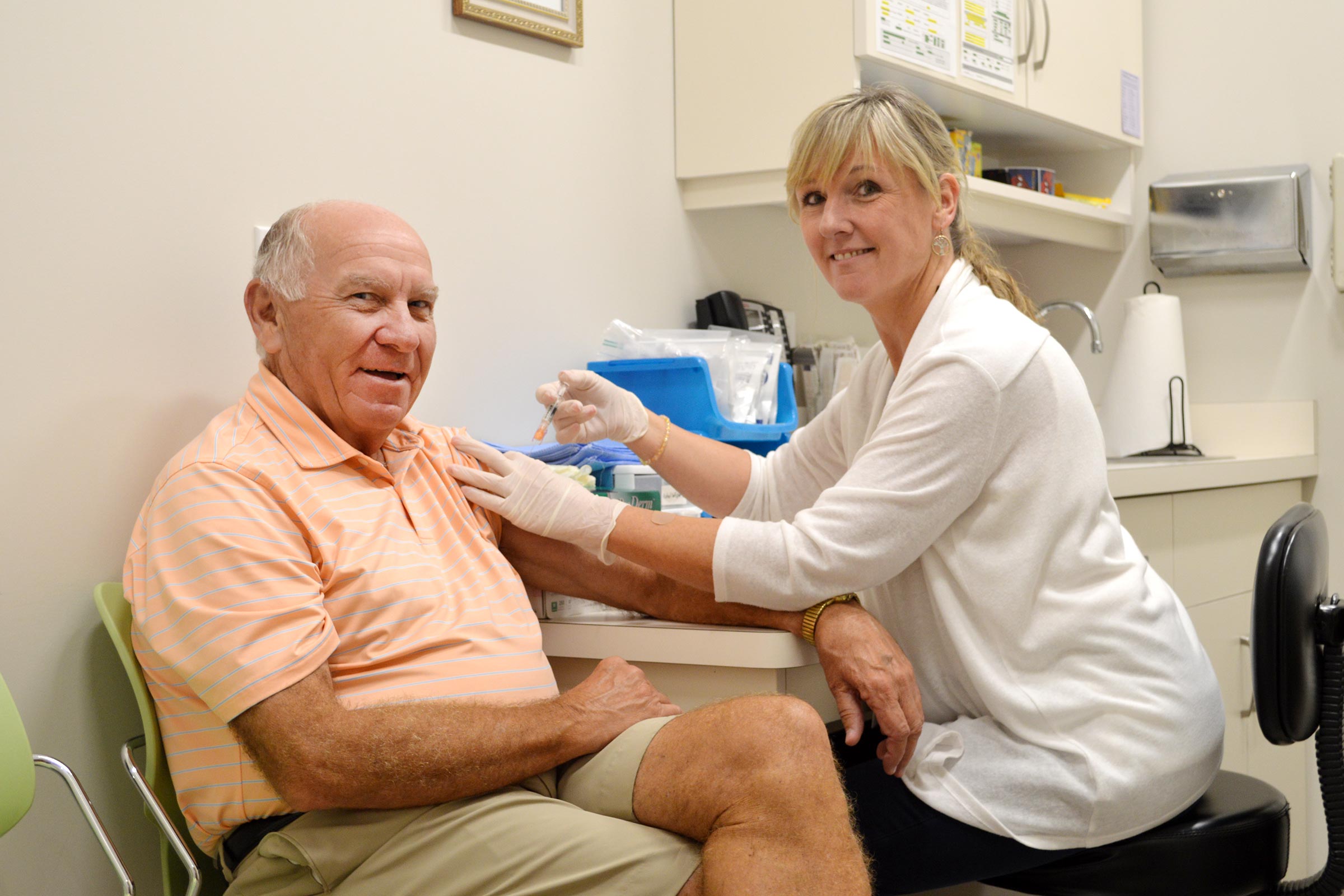Spring in New England has finally arrived, and summer is not far behind. We all look forward to spending more time outdoors, which means more time in the sun. The downside is that increased sun exposure brings with it an increased risk of ultraviolet (UV) skin damage, sunburn, and possibly skin cancer. The National Council on Skin Cancer Prevention reports that skin cancer is the most common form of cancer in the U.S., with more than 3.5 million new cases diagnosed and 2.2 million people treated annually. Each year the new cases of skin cancer exceed the combined incidence of breast, prostate, lung and colon cancer. One in five Americans will develop skin cancer in the course of a lifetime, and melanoma, the most serious form of skin cancer, is the second most common form of cancer for those 15-29 years old. Whether from the sun or an artificial source, UV radiation is known to cause cancer, and it affects people of all races and ethnicities.
Even on a hazy or cloudy day, bad sunburns can develop because of accidental overexposure. The skin can repair a reasonable number of mutations that result from UV exposure, but this safety mechanism can be overwhelmed by massive DNA damage caused by a sunburn. Mutations that aren’t repaired can lead to the development of skin cancer.
A suntan is the skin’s way of trying to protect itself from additional sun damage. Because DNA or cellular damage is the prerequisite for pigment production, a suntan is a sure sign that the skin has been harmed. As of now, there are no effective treatments to reverse the damage and mutations caused by a sunburn, so prevention is key.
To protect yourself from overexposure, try to follow these precautions: do not let yourself burn or tan either outdoors or in tanning beds; seek shade when outdoors, especially between 10am and 4pm; wear sun-protective clothing such as long sleeves, hats, sunglasses, etc.; apply sunscreen generously; use caution near water, sand and snow which reflect the sun’s damaging rays; check the UV index reported by the National Weather Service; and get vitamin D safely through a healthy diet and not excessive sun or indoor tanning.

